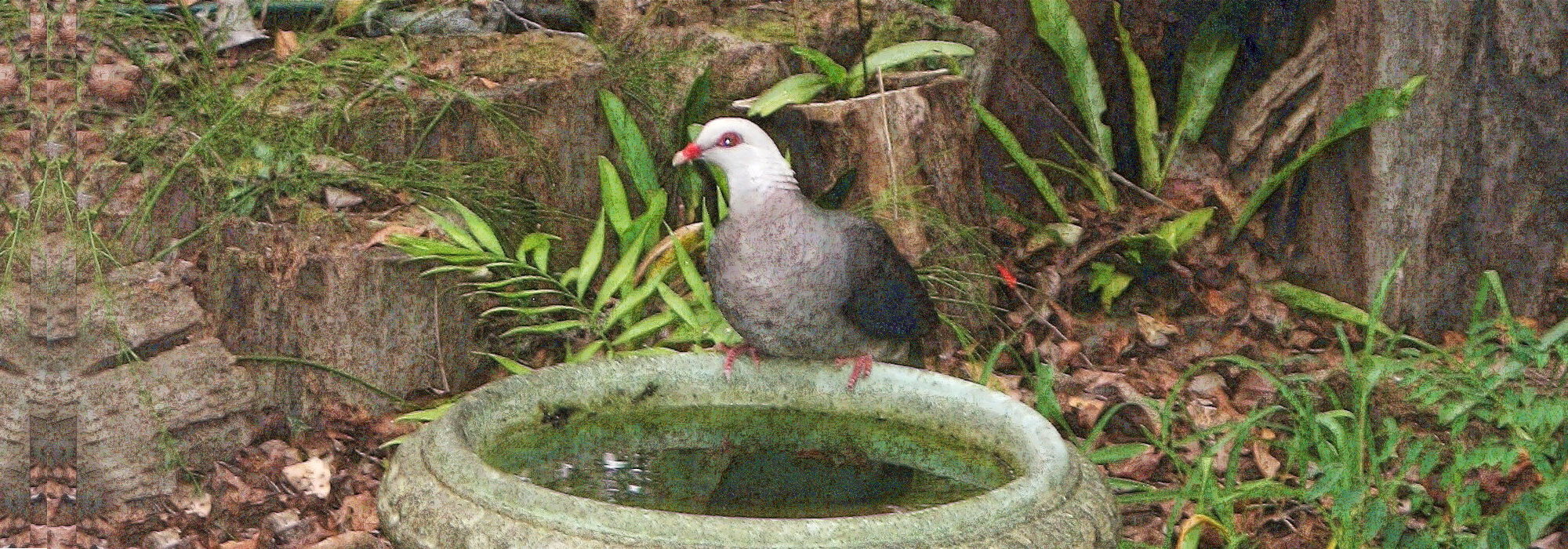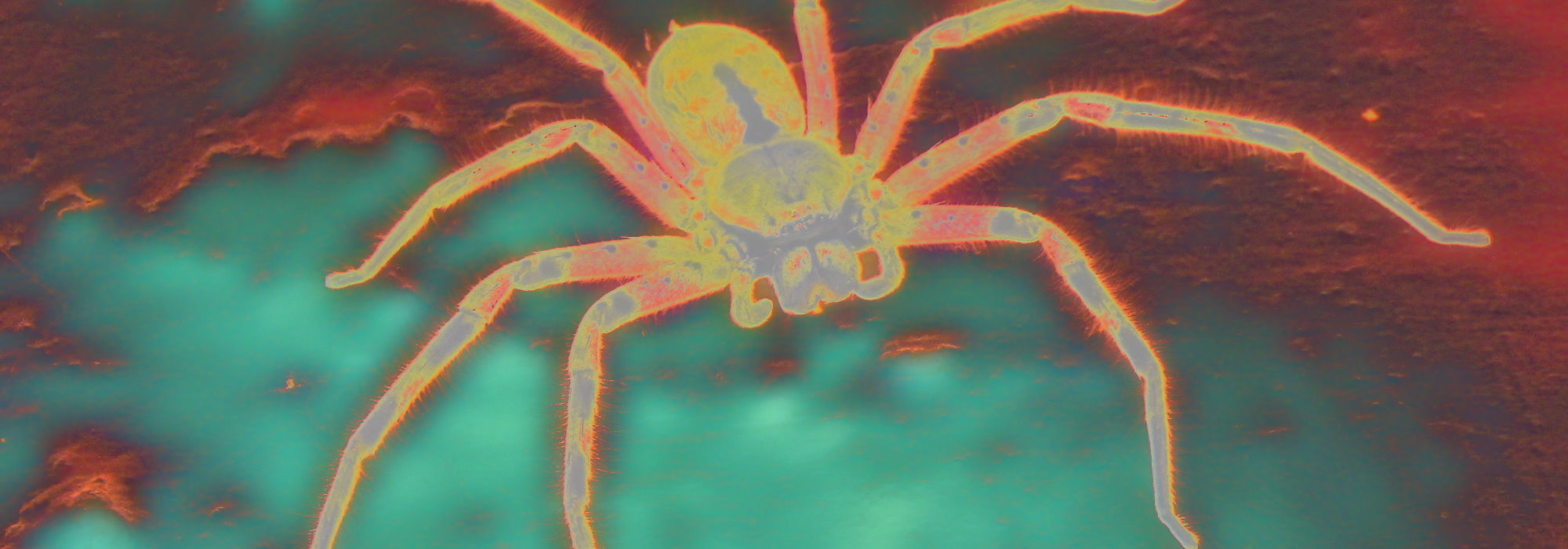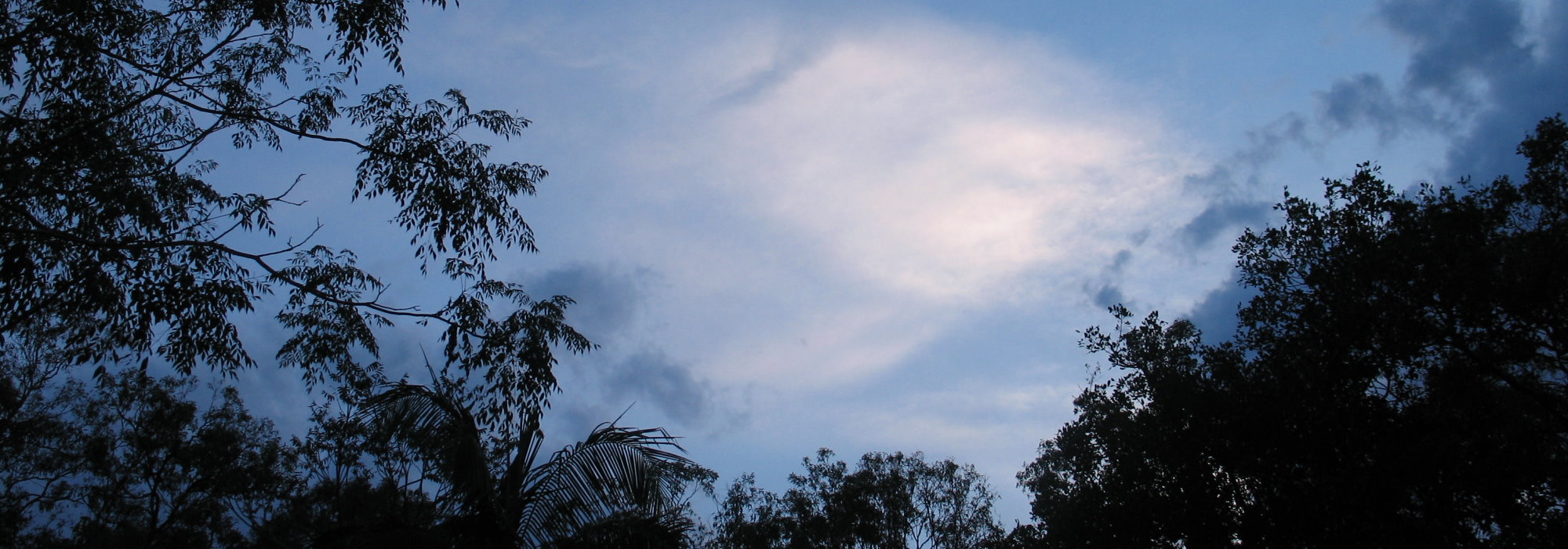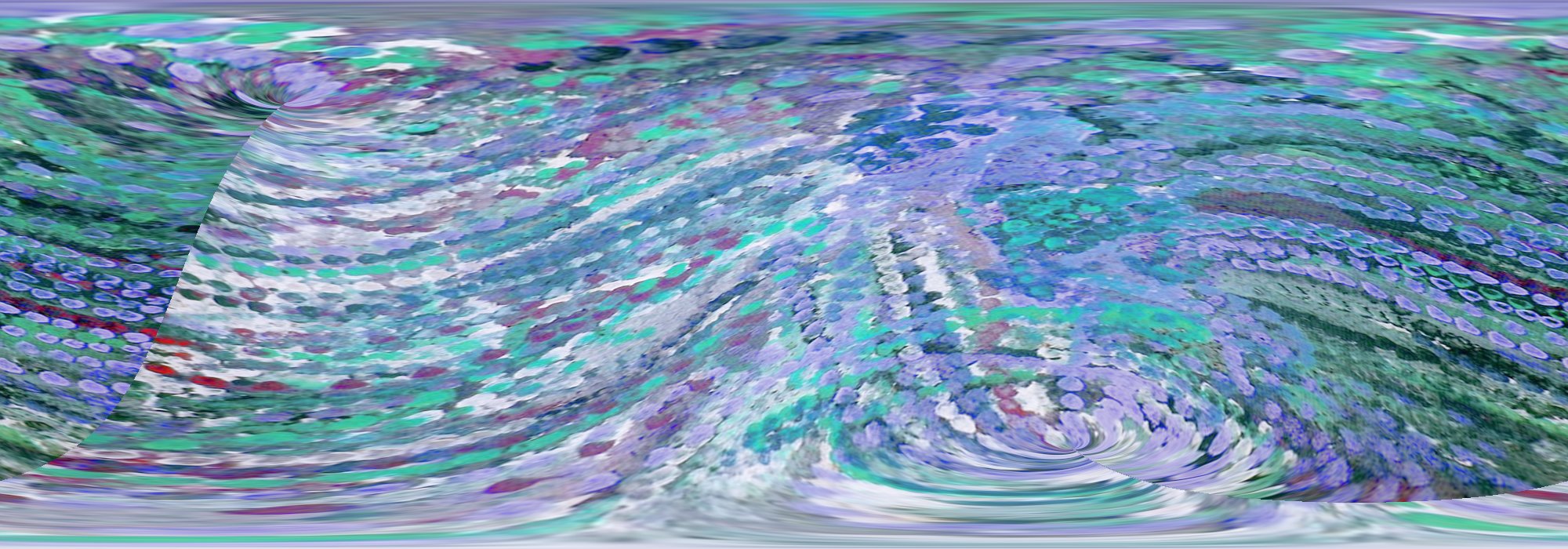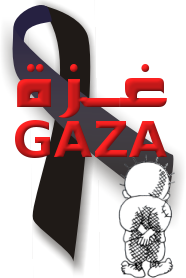 The Gazan death toll is now 898, of whom 45 percent are women and children. The Israeli death toll remains 13, of whom 10 are soldiers.
The Gazan death toll is now 898, of whom 45 percent are women and children. The Israeli death toll remains 13, of whom 10 are soldiers.
The similarities of Gaza, where there is no exit except death for the civilian population, and the Warsaw Ghetto are undeniable. This horrific comparison was referred to shamelessly by Israel‘s IDF in 2002.
In order to prepare properly for the next campaign, one of the Israeli officers in the territories said not long ago, it’s justified and in fact essential to learn from every possible source. If the mission will be to seize a densely populated refugee camp, or take over the casbah in Nablus, and if the commander’s obligation is to try to execute the mission without casualties on either side, then he must first analyze and internalize the lessons of earlier battles – even, however shocking it may sound, even how the German army fought in the Warsaw ghetto.
For more comparisons with brutal tactics used on civilians by Nazis, the History of Israeli Aggression from the 1967 Six Day War provides valuable insights.
In a transparent attempt to minimise the pubilc relations disaster of the shelling of a UN school which caused 43 fatailities, the IDF now claims
” its bombing of a UN school last week, which killed 43 and injured 100 others, was the result of an Israeli mortar shell that missed its target by 30 metres. Previously the military had said militants inside the school compound were firing at their troops and that the troops simply returned fire.”
A silly mistake sounds so much better than a criminal massacre.
Elsewhere, the IDF is sticking to its first story that the school was hit deliberately:
Yet in response to the report, local daily The Jerusalem Post on Monday quoted an IDF officer, Captain Ishai David, as saying that the Israeli army did not accept that the incident happened as a result of errant shelling.
“We are still sticking by our official position that according to our initial inquiry, the whole thing started when terrorists fired mortar shells from the school compound,” said David.
“The IDF returned fire to the source, and the unfortunate result was the death of innocent civilians,” he added.
The UN agency has insisted that there were no terrorists in the school compound. Its spokesman Christopher Gunness said last week that the Israeli army admitted in private briefings that the militant fire from Jabalia came from outside the school compound, not from inside.
As to the killing of a UN truck driver near the Erez crossing, UNRWA officials said Sunday that it was IDF gunfire that killed the Palestinian worker of the aid group.
“Given the location where the incident took place, the shots could only have come from the IDF,” Aidan O’Leary, UNWRA’s deputy director in Gaza, said at a press conference.
Yet David denied the accusation, saying that “the initial inquiry indicates that it was not IDF fire that killed him,” which mirrors an allegation that he was killed by Hamas snipers targeting the aid workers.
So which is it, IDF, you oh so moral army?
Malaysia’s Prime Minister is calling for Israel to be held accountable for war crimes:
KUALA LUMPUR, Jan 12 – Prime Minister Datuk Seri Abdullah Badawi moved a motion in Parliament today calling for the United Nations to establish an international tribunal to prosecute Israel for war crimes against Gaza.
He also urged the United Nations to call for a ceasefire between Israel and Gaza and station a peacekeeping force to enforce it.
In the cyberwar area, Israel-stop is calling for google bombing of Israel.
@NEurope MEP Morgantini: “We Entered In #Gaza Strip” – 8 MEPs, 1 Mbr of Italian Senate. Staying w UNRWA and visit refugee camps, hospitals and towns.
The vicious and religiously fanatical settler movement has signalled its intent to move into Gaza after the current Israeli pogrom on the people of Gaza has ended.
In a gathering planned for Tuesday, the settler leaders will read out a declaration stating their intention to return to both Gaza and the northern West Bank as soon as the security situation allows. The statement also declares the areas belong to the Jewish people, as an unnegotiable divine promise, and are integral to the Land of Israel. “We view the return of Jewish life to those regions as a national mission and divine commandment,” declares the statement.
In other Jewish extremist news, Shmuel Eliyahu advocates carpet bombing Gaza. This fanatic demonstrates the illogicality of the Israeli position. If civilians are regarded as legitimate targets in Gaza, are not civilians in Israel also legitimate targets?
“If they don’t stop after we kill 100, then we must kill a thousand,” said Shmuel Eliyahu. “And if they do not stop after 1,000 then we must kill 10,000. If they still don’t stop we must kill 100,000, even a million. Whatever it takes to make them stop.”
The UN Office of Coordination of Humanitarian Affairs Report for the 10 -11 January 2009 is compelling with evidence of compounding human rights violations by Israel:
There is a humanitarian crisis in Gaza, and for every day that hostilities continue, the cost for the civilian population inevitably intensiies. Only an immediate ceasefire will be able to address the large-scale humanitarian and protection crisis that faces the people of Gaza. The Israeli military operation has entered its third week, with Israeli planes dropping lealets on Gaza City on 10 January warning of an escalation. Israeli air, sea and ground forces continue to surround the populated areas of the Gaza Strip, and the Gaza and North Gaza Governorates remain isolated from the rest of the territory. The humanitarian crisis is intensifying with the Palestinian civilian casualty rate mounting, increasing damage to homes and public infrastructure, and water, sanitation and electricity services imperiled. Emergency rooms and intensive care units are overstretched and medical staff are exhausted. Of particular concern is the long-term psychological effect of the conlict on children, who make up 56 percent of the Gaza population.Following “credible assurances that the security of UN personnel, installations and humanitarian operations would be fully respected”, including undertakings of improved liaison and more effective internal coordination within the Israeli armed forces, UNRWA announced on 10 January that it would lift restrictions on it staff
movements. The restrictions had been announced on 8 January due to lack of security.PROTECTION OF CIVILIANs
Aerial bombardment continued throughout the day; as did artillery shelling and naval iring. The Israeli military remains present in the northern area, eastern border area and Rafah border area. On 10 January, an Israeli artillery shell struck the home of the Abed Rabou family in Jabalia, killing eight residents. On the morning of 11 January, ground troops and tanks entered the Ash Sheikh ‘Ijleen suburb of Gaza City, with heavy clashes and a high number of Palestinian casualties reported. On 11 January, the humanitarian “lull” was activated between 1100 and 1400 hours to allow the civilian population to access basic supplies and medical services.Ministry of Health figures as of 1500 hours 11 January are 884 Palestinians dead, of whom 275 are children and 93 are women. Twelve medical personnel number among the fatalities. The number of injured stands at 3,860, of whom 1,333 are children and 587 are women. An estimated 413 are considered critically injured. The danger to medical staff and the dificulty of extracting the injured from collapsed buildings makes proper evacuation and estimation of casualties dificult. It is not possible at this stage to determine the number of Palestinian civilian casualties vis-a-vis combatants. Palestinian militants continue to ire rockets and mortars from the Gaza Strip into Israel. According to the Israeli Ministry of Foreign Affairs, four Israelis have been killed and over 220 wounded by rocket fire since 27 December.
SHELTER
The number of displaced people staying with host families remains unknown, but reports indicate that it is likely to number in the tens of thousands. According to the Al Mezan Centre for Human Rights, an estimated 80,000–90,000 people have been displaced, including up to 50,000 children. UNRWA opened four new shelters on 10 January in response to increased demand in Gaza City, Jabalia, and Deir al Balah. UNRWA is currently operating 31 shelters providing refuge to 25,696 people, an increase of over 4,000 from 9 January. Shelters in Jabalia are overcrowded, with one school sheltering over 1,700 people and another approximately 1,900. However, new shelters cannot be opened in the area due to insecurity. Drinking water, bread and tinned meat have been provided to all shelters, but UNRWA is facing a shortage of blankets, mattresses, hygiene kits and generators for shelters.ELECTRICITY
Following repair to the damaged line west of Netzarim, as well as parts of the local network, the Gaza Power Plant (GPP) partially resumed functioning on 10 January, producing 30MW out of its current total capacity of 80MW. However only 30 percent of Gaza City is receiving electricity because of localized damage, and power supply for the rest is intermittent. Five trucks of fuel still need to be escorted to the GPP, which would allow the second turbine to be turned on. Three power lines from Israel are damaged as of 11 January: two lines (one east of Jabalia and one east of Khan Yunis) were damaged on 10 January, while the line west of Beit Lahiya is still down.HEALTH
Hospitals remain under intense pressure due to the high number of wounded who continue to be brought in for treatment. According to WHO and ICRC, the main problem currently facing the health sector is access, in terms of the access of staff, procured medicines and equipment to hospitals, and patient referrals out of the Gaza Strip. The Palestinian MoH is providing international donors and humanitarian organizations with detailed lists of needs for medical equipment and supplies to ensure that donations meet actual needs. Since the outbreak of hostilities on 27 December, regular health care has been interrupted. The Ministry of Health reports that about 70 percent of chronic patients regularly attending Primary Health Care (PHC) centers have had to interrupt their treatment due to the security situation/ According to WHO, all hospitals now have 3-4 hours of electricity per day, and most have suficient fuel to run back-up generators for five days after having received fuel. The Gaza Paediatric Hospital has only two days of fuel reserves left. As of the afternoon of 11 January, ambulances at Kamal Edwan Hospital have run out of fuel.Between 9 and 10 January, the European Gaza Hospital, El Nasser Paediatric Hospital, Sabha Al Harazin and Hala Al Shawa PHC centres sustained damage due to shelling or artillery ire. The Dorah Paediatrics Hospital is closed (except for emergency services) after sustaining damage. According to WHO, 189 patients, mostly war injuries but also some chronically ill, have been transferred through Rafah crossing as of 10 January.
WATER AND SANITATION
According to the CMWU, Gaza’s water utility, approximately 500,000 people have no access to running water, 500,000 people receive water for 4-6 hours every 5-7 days and the remaining population receives water for 4-6 hours every 2-3 days. Fifty UNICEF emergency family water kits (enough for 500 families) were distributed on 9 January through PRCS. UNICEF distribution of bottled water for 4,000-6,000 people was planned for today, 11 January. Water tanks, pumps and generators for CMWU are ready to be deployed but cannot be accessed due to the security situation or have not been allowed into Gaza by the Israeli authorities. In a press release on 10 January, the CMWU announced its inability to maintain its water and wastewater services due to considerable damage caused to the networks, the dificulties it faces to repair the damage and the inability to access needed spare parts. Damage has been sustained to: the water line in Nuseirat refugee camp, a well east of Jabalia city, a well south of Tel el Hawa, a water line to Gaza City, the main sewage line in Beit Hanoun and the main power generator at the Beit Lahiya waste water treatment plant. Three trunk lines are damaged: one in Tuffah east of Gaza City (which supplies water to almost 100,000 people), one in Bir el Naja in northern Gaza (150,000 people), and one in Al Mughraga in the Middle Area (30,000 people). These people are currently not receiving water. The Gaza City Wastewater Treatment Plant was hit last night, damaging a treatment pond embankment and causing leakage, the extent of which is unknown. The pond contains 250-300,000 cubic metres of wastewater.On 10 January, UNRWA delivered the remaining 25,000 litres of fuel (from the 75,000 litres pledged) to the CMWU. An additional 4,000 litres were delivered to the Khan Yunis and Rafah municipalities for solid waste collection. UNRWA plans to deliver fuel to the municipalities in the Middle Area, Gaza and North Gaza as well.
FOOD
Organizations continue to face dificulty in distributing assistance of depleting stocks due to the security situation. The 18-month long blockade on Gaza has prevented humanitarian organizations from pre-positioning goods. Although some goods are being allowed into Gaza, the reduction in the number of
trucks allowed in means that agencies are not receiving the amount of goods they require to respond to the needs of the population. UNRWA delivered food to 4,451 Special Hardship Cases (SHC) on 10 January, and restocked 7 of 10 food distribution centres which could not be opened for distribution on 10 January due to lack of flour at the sites. On 11 January, UNRWA operated 6 of 10 food distribution centres as well as a SHC distribution point in Rafah.On 9 January, WFP distributed 4,400 tonnes of food parcels to 770 families in Khan Yunis in collaboration with CHF. It also distributed 1,700 kilos of bread in Beit Hanoun and 2,450 kilos of bread in Beit Lahiya. On 10 January, WFP distributed 89 metric tones of food parcels to 1,046 families in the Khan Yunis and Gaza Governorates. 1,180 metric tonnes of high-energy biscuits were distributed to about 6,000 persons at UNRWA shelters. On 11 January, WFP launched ‘Operation Lifeline Gaza’, a global appeal to increase food distribution to Gaza.
INTERNAL ACCESS
Access between northern Gaza and the rest of the territory remains possible only via the coastal road west of the former Israeli settlement of Netzarim and is restricted to humanitarian relief assistance (including ambulances) following coordination with the Israeli authorities.CROSSINGs
Kerem Shalom was open on 11 January, with 80 truckloads expected to enter Gaza. New procedures have been put in place at the crossing as of 11 January: Trucks will no longer be allowed to enter into the Israeli side of Kerem Shalom unless trucks are available and ready to load the cargo at the Palestinian side of the
crossing. Rafah was open for medical cases and aid supplies on 11 January. Nahal Oz: Until the pipeline is emptied, it is uncertain whether more fuel will be pumped through to Gaza. 400,000 litres of industrial fuel are expected to be brought into Gaza on 11 January. On 10 January, crossings were closed for the Jewish Sabbath. Four trucks with medical supplies crossed through Rafah. 19 medical cases were evacuated through Rafah for medical treatment out of Gaza.PRIORITY NEEDS
Protection of civilians: Civilians, notably children who form 56 percent of Gaza’s population, are bearing the brunt of the violence. As one of the most densely populated places in the world, more civilians risk being killed or injured if the conflict continues. The parties to conflict must respect the norms of International Humanitarian Law, in particular the principles of distinction and proportionality. Access for ambulance and rescue teams: An unknown number of dead, injured and trapped people remain in houses which have been shelled and in areas where hostilities are ongoing. Due to attacks on ambulances, medical staff are fearful of reaching these places. Opening of crossings: The number of trucks allowed into the Gaza Strip needs to be increased. Additional crossings must be opened urgently, including Karni for the provision of bulk grain.Electricity is necessary for the operation of services within the Gaza Strip notably health, water and sanitation services. What is needed includes repairing damaged electricity lines, bringing in needed transformers, and allowing ixing of other transformers. Back-up generators are not meant to function more than 8 hours per day, and are not reliable following repeated and prolonged use.
Supply of fuel: Industrial fuel is needed to power the Gaza Power Plant, which had been shut since 30 December but partially re-opened on 10 January. Nahal Oz crossing must remain open as it is the only crossing which can facilitate the transfer of suficient amounts of fuel to restart and maintain operations of the power plant, and restock other types of fuel needed in the Strip. Delivery of fuel to its intended destination must be facilitated.
Cash: The issue of cash remains of high priority. Although an approval of a small cash transfer appears to have been granted by the Government of Israel, much more is needed and the mechanism for the transfer still has to be established.
